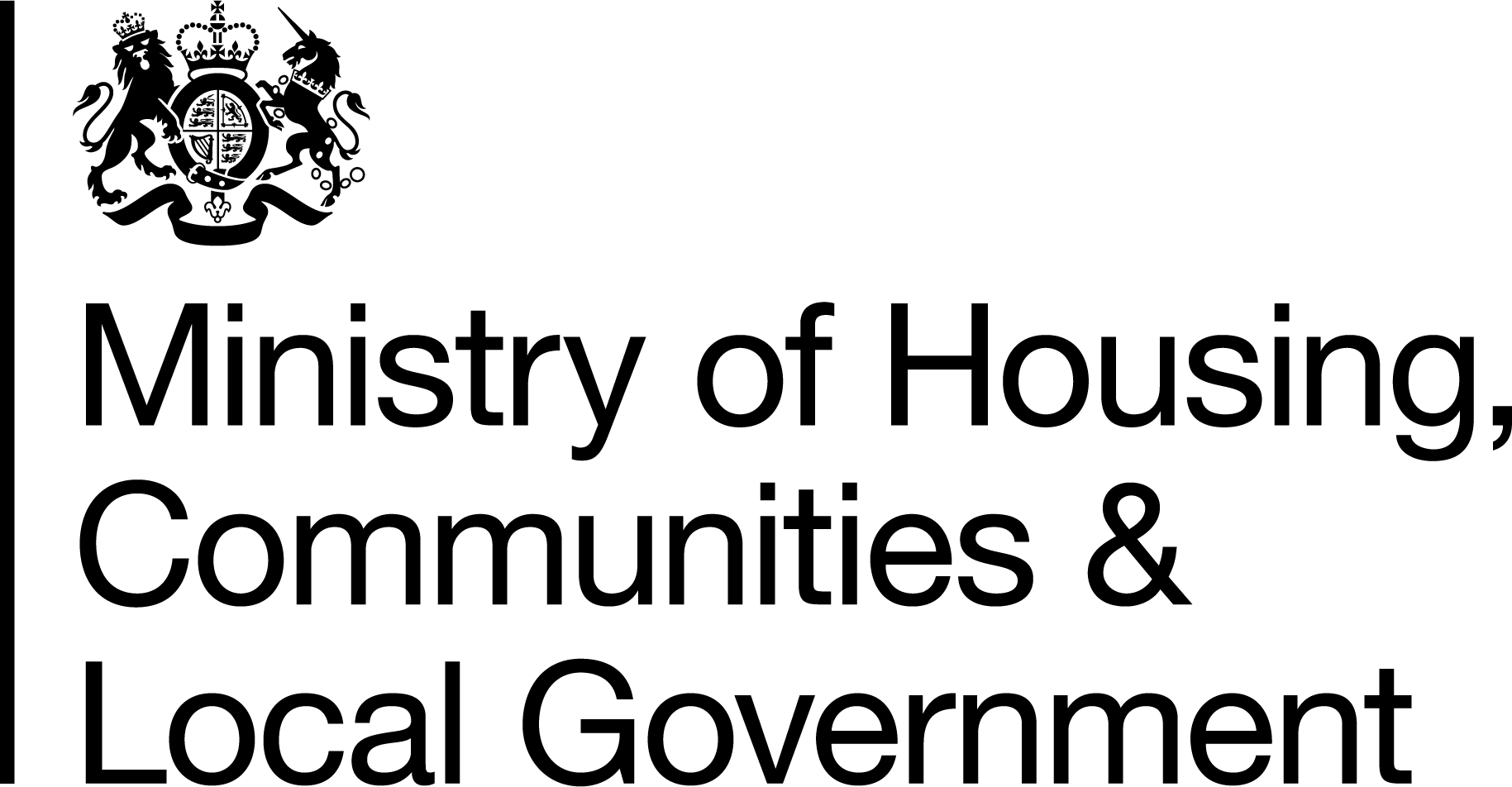Strengthening leaseholder protections over fees, charges and services: consultation
Driving up transparency
Part 1: Implementing the Leasehold and Freehold Reform Act 2024
2. Driving up transparency of fees and charges
- Under the terms of existing leases and legislation, most leaseholders receive or are entitled to request information about their building at various points of the 12 month accounting year. Typically, they receive annual accounts and interim service charge demands, but landlords usually don’t have to disclose budgets or detailed plans for the building, such as for future major works. This means for example, that leaseholders often don’t understand the detail of what they are being asked to pay for, and may only learn about major works and associated costs, only a few months before they are due start.
- Our aim is to improve the amount and type of information leaseholders receive. Broadly speaking, leaseholders currently get the following information over the course of a year, as set out in Figure 1 below:
- a service charge demand before the beginning of the accounting year (with or without a budget) with a request for advance payment for the year ahead;
- an interim demand six months later for advance payment to cover the remaining estimated service charge costs;
- a financial statement of accounts and a demand for any overspend for the previous 12-month period, about 6-9 months into the year; and
- Other information provided will depend on individual circumstances.
Figure 1: Current provision of information to leaseholders over the course of a year

Figure 1 illustrates the current information that leaseholders can expect to receive throughout the year. This includes service charge demands and year end accounts.
- Implementing measures in the 2024 Act will give leaseholders more and timelier information, that is accessible and standardised, and represents a significant improvement on the current requirements which have been largely unchanged for more than twenty years. This includes both better information about their regular service charge as well as wider information about forthcoming plans for managing and maintaining their building. The way in which these new arrangements will flow over the course of a year is set out at Figure 2 below. Under our reforms, leaseholders will get:
- a standardised service charge demand form at the beginning of the accounting year to provide clarity about what they have to pay(with a budget) for the year ahead;
- a new annual report (containing key information about their building) either at the same time as the demand, or within the first month of the accounting year;
- a standardised interim service charge demand for the remaining estimated service charge costs for that year, six months into the year;
- a full and accredited financial statement of accounts and any demand for overspend for the previous 12-month period (provided within 6 months into the accounting year, for all leaseholders in blocks of four or more properties); and
- Other information which will depend on individual circumstances, but with enhanced rights to request information on demand.

Figure 2 sets out the information that leaseholders can expect to receive throughout the year once the new measures are implemented. This includes service charge demands, annual report and service charge accounts.
- While essential to provide leaseholders with the information they need, it is important to ensure landlords, or managing agents, are not unduly burdened, and that any added costs are reasonable and result from the provision of information that is beneficial to leaseholders. Particularly, as the costs of providing information will likely be borne, as it is now, by the leaseholder. Therefore, as part of this consultation we are seeking views on the time and costs associated with providing information to help strike the right balance for leaseholders.
